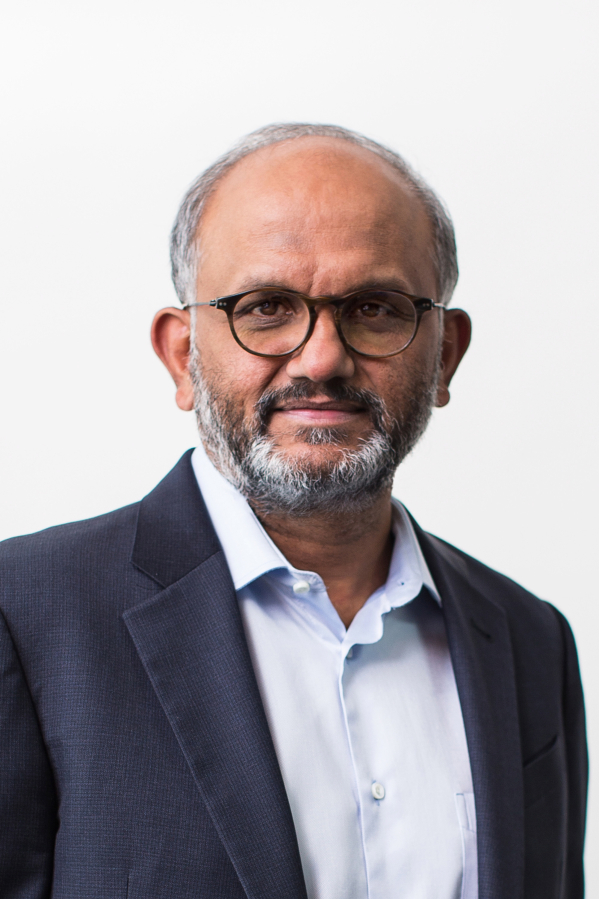LOS ANGELES — A teary-eyed Mala Sharma felt vindicated as she stood outside a school for impoverished children in India. A student had snatched the Adobe Systems executive’s iPad and had a go with the company’s simplest video editing program. He nailed it, creating a quick video that Sharma said amused his teacher and peers.
For years, Adobe has been the dominant provider of expensive editing tools to professional content producers. But the recent experience in India with her company’s newer, consumer-oriented app showed Sharma firsthand the value of expanding efforts to make tools approachable to anyone.
“I stood there with tears in my eyes because I felt like in that minute Adobe touched and changed that child’s life,” Sharma said. “That’s the ultimate vision: to make that possible for everyone.”
Free mobile apps and a shift to online offerings have led to significant inroads. But the San Jose, Calif., company’s newest initiative is a steep investment in artificially intelligent services. Adobe envisions what it calls Sensei as an automated virtual assistant that for now reduces rote handiwork in certain tasks, but eventually would help first-time users make the most of its apps or guide them when they’re stuck.
What Google search does for finding websites or Amazon.com’s Alexa for shopping, Adobe wants Sensei to do for making films, editing photos and designing products. Sensei features spread across Adobe’s software suite, including marketing databases and PDF readers.
Adobe expects big interest in Sensei, pointing to popular creative apps as a sign of demand. For instance, Instagram has amassed 600 million users by giving beginning photographers simple ways to give their work a professional look.
At an unveiling spectacle held for thousands of graphic designers, video editors and other users at the San Diego Convention Center in the fall, Adobe showed how Sensei could point users to licensable images that resemble ones they like but don’t have permission to use. It can do the same with fonts, analyzing handwriting to recommend a look-alike typeface.
During editing, Sensei can identify lips and eyes in a photo and allow users to change facial expressions — for instance, widening a grin — without overly distorting the rest of a face. Offering “The Simpsons” star Bart as an example, Adobe also showed how Sensei can automatically manipulate a cartoon character’s mouth so that it moves in sync with a voice actor’s speech.
Sharma imagines Sensei as an instructor too, accepting commands by voice, text or click. Unsure how to make a tweak in a photo? Sensei could anticipate your desire and make suggestions. And they could be personalized, borrowing from decisions made at similar junctures by people a user follows on Adobe’s social networking service Behance.
Getting Sensei right is crucial to Adobe’s growth, financial analysts say. Whether you’ve mastered it or have never tried it, Photoshop software is so widely recognized that you’ve probably uttered something like “I’ll just Photoshop it later.”
But increasingly sophisticated, cheaply available editing apps on smartphones could eventually relegate Photoshop and other Adobe programs to being complicated luxuries.
Sensei is meant to knock out hurdles. Chief Executive Shantanu Narayen said Adobe shareholders are excited about the untapped opportunity, which could lift the company’s nearly $6 billion in annual sales by as much as $3 billion over the next few years. Investors are pleased with initial efforts.



